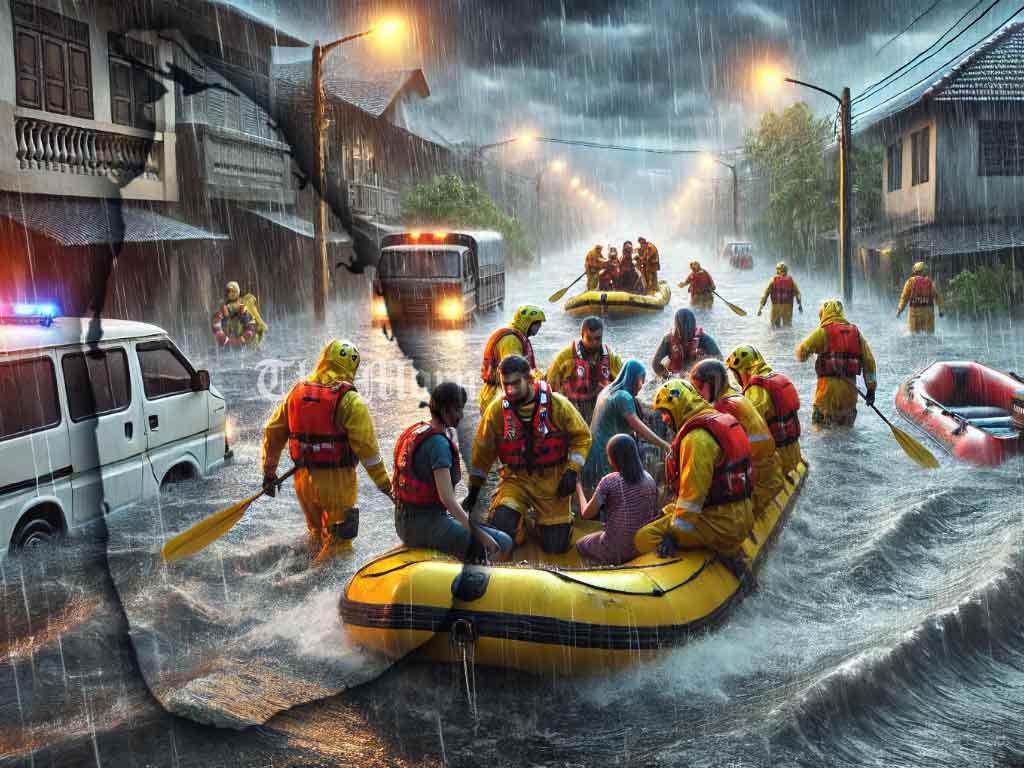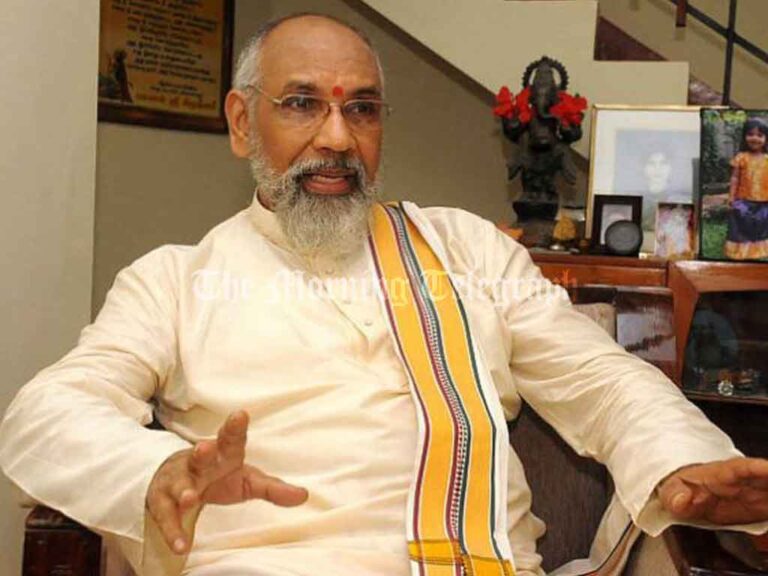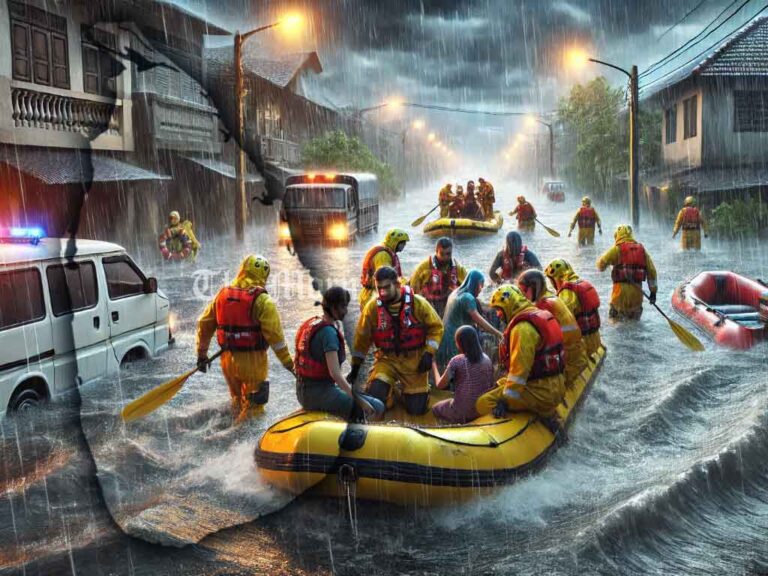
Sri Lanka is currently facing a catastrophic weather event, marked by torrential rains, severe flooding, and landslides that have disrupted the lives of hundreds of thousands across the country. The Disaster Management Center (DMC) has confirmed that the ongoing disaster has claimed 12 lives, with one person reported missing. The extreme weather has affected all 25 districts of the island, leaving entire communities displaced and vulnerable.
The Eastern Province has been the worst hit, particularly the Ampara District, where eight fatalities have been recorded. Among the victims are a family of three who were swept away when their home was engulfed by floodwaters. In addition to Ampara, the districts of Badulla, Puttalam, Trincomalee, and Vavuniya have each reported one death, highlighting the widespread impact of the disaster.
In regions like Batticaloa, rivers have overflowed, submerging entire villages and forcing residents to abandon their homes. Schools and community centers have been converted into makeshift shelters, where families huddle together, awaiting relief. In Kandy and Nuwara Eliya, landslides have blocked major highways, cutting off remote villages and hampering rescue efforts. Electricity and communication lines have been disrupted in several areas, further complicating the response to the crisis.
The disaster has forced the displacement of thousands of families. According to the DMC, 36,330 people from 11,663 families have been relocated to 345 temporary safety centers established across the island. These centers, set up in schools, temples, and other public buildings, are providing basic shelter and food to those in need. Additionally, 94,134 individuals from 28,324 families have sought refuge with relatives, often in overcrowded conditions.
The need for immediate relief is critical, with displaced families requiring food, clean drinking water, and medical assistance. Humanitarian organizations, including the Sri Lanka Red Cross and international non-governmental organizations (NGOs), have mobilized to support government efforts. Emergency food supplies are being prepared in Colombo and other major cities for distribution to the most affected regions, with a particular focus on children, the elderly, and those with medical conditions.
The impact on infrastructure and housing has been devastating. The DMC reports that 102 houses have been completely destroyed, leaving many families homeless. A further 1,952 houses have sustained significant structural damage, while countless others have been partially affected. Roads have been washed away, bridges have collapsed, and agricultural lands—particularly in the Northern and Eastern Provinces—are submerged under water, raising fears of a potential food crisis in the months ahead.
In response to the unfolding disaster, the Sri Lankan government has deployed military forces to assist in rescue and relief operations. Soldiers are working alongside disaster management officials to evacuate families from flood-affected areas and deliver essential supplies. The government has also activated emergency response units to clear blocked roads and restore communication lines in isolated regions.
President Anura Dissanayake convened an emergency meeting with top officials from the DMC and the Ministry of Disaster Management to assess the situation and coordinate relief efforts. During a televised address, the President assured the nation that every possible measure is being taken to safeguard lives and provide support to those affected. He emphasized the importance of community solidarity and urged citizens in less-affected areas to assist their fellow countrymen.
The Meteorological Department has warned of continued heavy rainfall in the coming days, particularly in the Northern and Eastern regions. Residents in flood-prone and landslide-prone areas have been urged to evacuate immediately and seek shelter in safer locations. Local authorities are on high alert, monitoring weather patterns and preparing for potential secondary disasters.
Health officials are also concerned about the potential outbreak of waterborne diseases such as dengue, cholera, and leptospirosis, which often follow in the wake of flooding. Mobile medical units have been deployed to affected areas to provide vaccinations and distribute essential medicines to prevent the spread of disease.
As Sri Lanka grapples with this unprecedented weather crisis, the government has appealed to the international community for assistance. The country is seeking financial aid, emergency supplies, and technical expertise to support ongoing relief efforts and facilitate long-term recovery and reconstruction.
For now, the people of Sri Lanka remain resilient in the face of adversity. Volunteers, rescue teams, and community members are working tirelessly, often in dangerous conditions, to protect lives, provide relief, and begin the long process of rebuilding in the aftermath of this devastating natural disaster.




